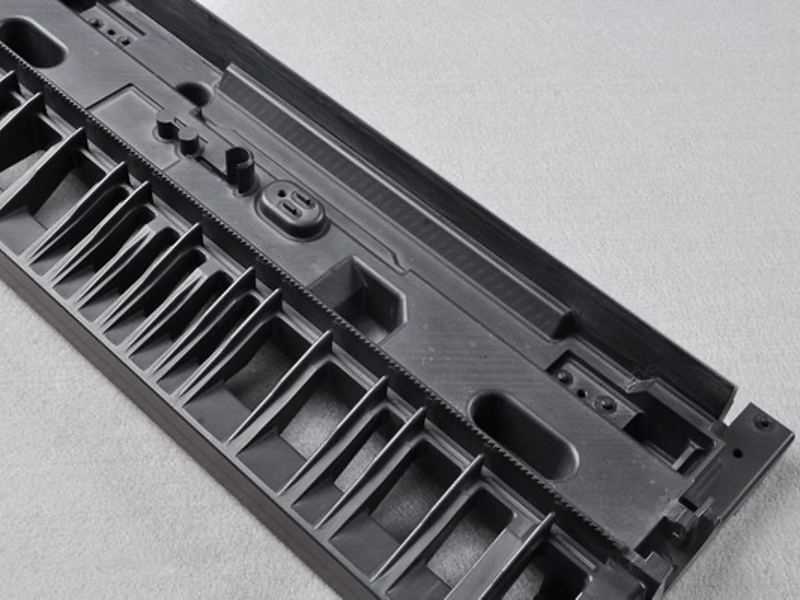Road construction companies play a vital role in building and maintaining the paths we use every day. They use big machines and skilled workers to lay down roads that connect cities, towns, and countries. This work helps make travel safer and quicker, allowing people and goods to move efficiently.
Road construction companies are responsible for a wide range of projects, from building new roads to repairing existing ones. In this blog, we will tackle the 8 elements of an effective safety plan for road construction companies.
Table of Contents
1. Comprehensive Risk Assessment
Comprehensive risk assessment is key for keeping road workers safe. It means finding out what could harm people in their jobs and figuring out how to stop it. The company looks at everything from the big machines they use to the way cars and trucks might pass by the work area.
This plan helps everyone understand the dangers of road work. The company can then teach workers how to be safe, like wearing helmets and following traffic signs. By doing this, they make sure that building and fixing roads doesn’t cause accidents or hurt anyone.
2. Employee Training Programs
Employee Training Programs are all about teaching workers how to stay safe on the job. They learn important safety protocols that keep them and everyone else safe around construction sites. This means learning how to use big machines correctly, wear safety gear, and watch out for cars.
These programs also include how to act in emergencies. Workers practice what to do if someone gets hurt or if something dangerous happens. This training makes sure everyone knows how to keep things safe and react quickly to any problem.
A well-trained employee is an asset to any company, and for road construction companies, it’s even more crucial because their job involves high-risk activities.
3. Personal Protective Equipment (PPE)
Personal Protective Equipment (PPE) is like a shield for workers on the road. It includes things like helmets to protect their heads, vests that make them easy to see, and boots that keep their feet safe. Wearing this gear is a must because it helps prevent injuries from things like falling or moving vehicles.
PPE also involves using gloves to protect your hands and goggles to keep your eyes safe from dust and debris. Every piece of equipment plays a part in keeping workers from getting hurt. It’s a simple way to make a big difference in safety on the job site.
4. Clear Signage and Communication
Clear signage and communication are crucial in keeping road construction sites safe. Signs warn drivers and workers about the work ahead, helping everyone know what to expect. This includes signs of detours, slow zones, and where construction is happening.
Good communication also means workers can quickly share important information. They use radios and hand signals to talk to each other, especially when noise makes it hard to hear. This way, they can alert each other about dangers or changes fast, keeping everyone safer while they work.
5. Traffic Management Plan
The Traffic Management Plan is all about keeping cars and trucks moving safely around road work. It sets up rules on where vehicles can go and how fast they should move. The plan uses cones, barriers, and signs to guide drivers, making sure they don’t get too close to workers or machines.
Keeping everyone safe is a top priority, so the plan also looks at the best times to work. This might mean doing some jobs at night when fewer cars are on the road. By planning this way, road construction doesn’t cause big delays or dangerous situations.
6. Emergency Response Plan
An Emergency Response Plan is a plan that helps workers know what to do if something goes wrong, like an accident or a natural disaster. It includes important steps to keep everyone safe and help injured people quickly. This plan is shared with all workers, so they know exactly how to act in emergencies, ensuring fast and organized reactions to any situation.
Having this plan in place means that if something unexpected happens, everyone is ready. They have practice drills so that the actions become second nature. This way, the chance of keeping everyone safe is much higher, making it a critical part of road construction safety.
7. Regular Safety Audits
Regular Safety Audits are like check-ups to make sure everything at the construction site is as safe as possible. Experts come in and look at all the safety steps the company is taking, like using helmets and making sure machines are safe. If they find anything that could be safer, they tell the company how to fix it.
This helps keep everyone working on the roads safe and makes sure they can do their jobs without getting hurt. Regular safety audits mean that companies continue to improve their safety measures and stay up-to-date with the latest protocols.
Ensuring worker safety is an ongoing process, and regular audits help identify any areas that need improvement. By constantly reviewing and updating safety measures, road construction companies can provide a safer working environment for their employees.
8. Safety Culture and Leadership Commitment
Leaders in construction show commitment to safety, making it a big part of their work culture. Construction Safety Plans in NYC are the best example of this. They teach everyone from the top to the bottom that staying safe is key.
This kind of culture makes sure that every worker follows safety rules because they know it’s important. The bosses check that safety steps are always used and encourage their teams to do the same. By doing this, they keep everyone safe and set a good example that safety matters most.
Building Safer Futures Together: The Road Ahead for Road Construction Companies
Road construction companies have a big job to do in making sure we can travel safely. They work hard to train their workers, use protective gear, and follow plans that keep everyone safe. By doing all this, they make our roads safe and reliable.
Being safe on the job is important for these companies. They use signs, manage traffic, and have plans for emergencies to protect their workers and us. It’s all about teamwork and making sure everyone gets home safely.
Did you find this article helpful? Visit more of our blogs!


